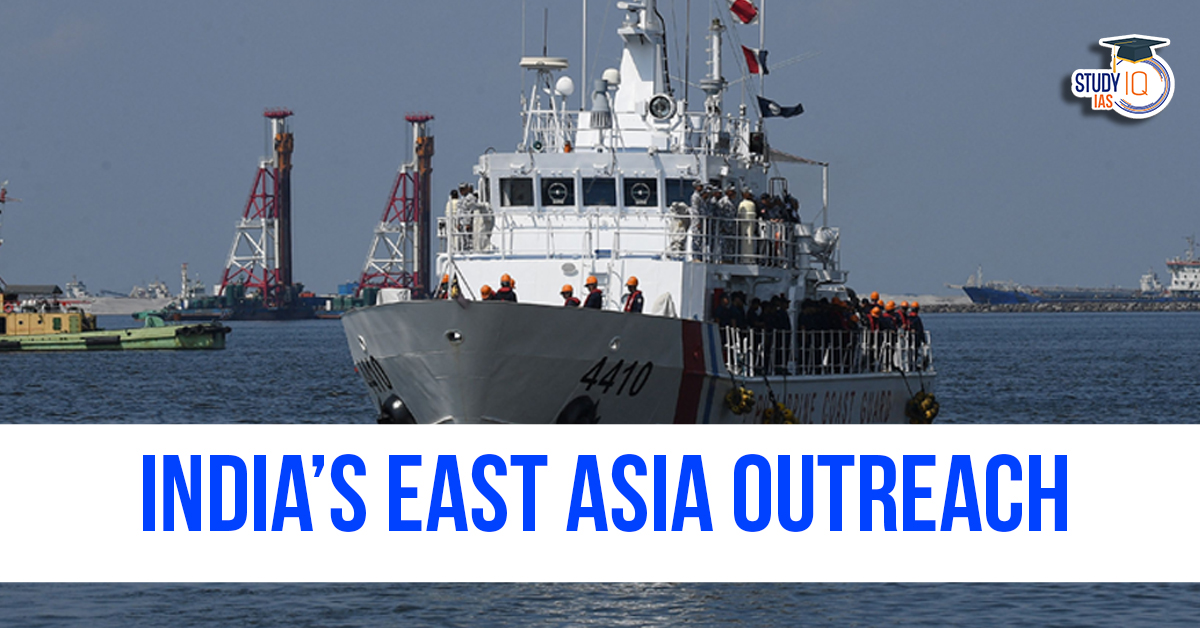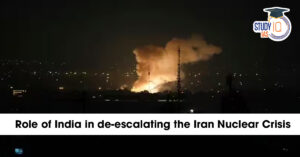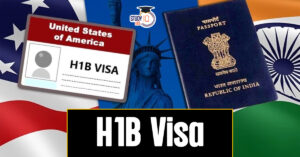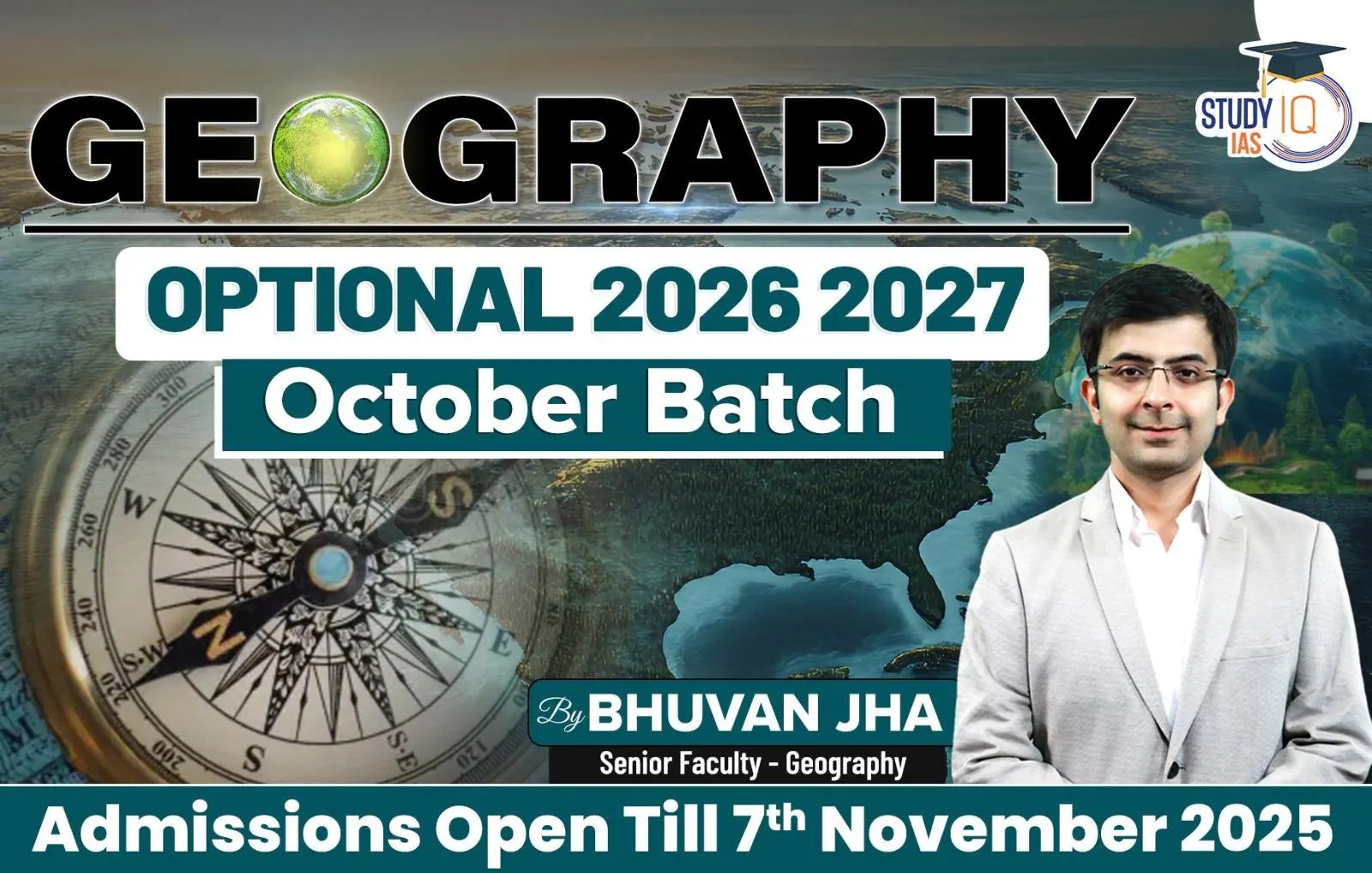Table of Contents
Context: External Affairs Minister S. Jaishankar’s three-nation visit to Southeast Asia last month, even as India was in the midst of an election cycle, highlights the region’s strategic importance to India’s ambitions of becoming a key player in the Indo-Pacific.
India’s Association with Southeast & East Asia
Historical and Civilizational Linkages
India has deep-rooted cultural, religious, and trade connections with Southeast Asia going back centuries.
- Spread of Buddhism, Hinduism, Indian scripts, and maritime trade shaped the cultural and diplomatic landscape of countries like Cambodia, Indonesia, Thailand, and Vietnam.
- Ancient maritime routes created a strong civilizational bond between India and Southeast Asia, often referred to as “Greater India” in historical discourse.
Policy Evolution
- Look East Policy (1990s): Initiated to rebuild ties post-Cold War and engage with dynamic Asian economies.
- Act East Policy (2014 onwards): Gave renewed strategic and proactive focus to economic, security, and connectivity initiatives in Southeast and East Asia.
Strategic and Economic Importance of Southeast Asia for India
Economic Significance
ASEAN is India’s 4th-largest trading partner.
- India-Asean Free Trade Agreement has boosted trade liberalisation and cooperation.
- Connectivity initiatives like:
- India–Myanmar–Thailand Trilateral Highway
- Kaladan Multi-Modal Transit Transport Project aim to integrate India with Southeast Asian supply chains.
Strategic and Geopolitical Importance
- Maritime Security: India shares converging interests with Southeast Asia in freedom of navigation, particularly in the South China Sea (SCS).
- Security Partnerships with Vietnam and the Philippines have strengthened in areas like maritime surveillance, defence technology, and counter-terrorism.
Normative Engagement in Indo-Pacific
India champions a rules-based order, emphasising adherence to UNCLOS (1982).
- Advocates a peaceful resolution of disputes, particularly in contested zones like the Second Thomas Shoal (Philippines-China tensions).
- India frames its Indo-Pacific vision around ASEAN centrality, supporting the group’s pivotal role in regional architecture.
What are the Current Challenges
- Limited Strategic Influence: Despite efforts, only 0.4% of ASEAN respondents in a recent survey named India as the most influential political/strategic actor in the region — a significant perception gap.
- Internal Divisions within ASEAN: ASEAN is fragmented in responding to Chinese assertiveness in the South China Sea.
- Lack of unity and coherent strategy weakens the effectiveness of multilateral forums.
- China’s Growing Assertiveness: China continues to expand its influence in Southeast Asia through infrastructure (Belt and Road Initiative), military pressure, and economic aid, which overshadows India’s outreach.
- Implementation Lag in Connectivity Projects: Key projects like the Trilateral Highway and Kaladan project face delays due to logistical, bureaucratic, and security challenges.
- India’s Capacity Constraints: Limited economic resources, diplomatic bandwidth, and private sector engagement in Southeast Asia hamper the full realisation of Act East objectives.
Way Forward
- Deepen Strategic Partnerships: Expand defence and maritime cooperation with countries like Vietnam, Philippines, Indonesia, and Singapore.
- Accelerate Connectivity and Infrastructure: Fast-track the India–Myanmar–Thailand Highway and related projects.
- Expand digital connectivity and port infrastructure to link India’s northeast with ASEAN.
- Enhance Economic Integration: Revise trade frameworks under the India–ASEAN FTA to address barriers.
- Encourage Indian investments in ASEAN, especially in the digital economy, green energy, and manufacturing.
- Leverage Soft Power and Diaspora: Build on India’s cultural heritage, Buddhism, yoga, and education diplomacy.
- Strengthen people-to-people ties through student exchanges, scholarships, and tourism.
- Promote Multilateral and Normative Diplomacy: India should continue to strongly support international laws like UNCLOS (United Nations Convention on the Law of the Sea) and stand for freedom of navigation in key waterways.
- It must also actively push for cooperation through regional groups like the East Asia Summit, ASEAN Regional Forum, and Quad+ platforms, where countries work together to keep the region peaceful, stable, and fair for all.


 Iran Nuclear Crisis and India’s Role f...
Iran Nuclear Crisis and India’s Role f...
 H1B Visa Program, Beneficiaries, Eligibi...
H1B Visa Program, Beneficiaries, Eligibi...
 Comparison Between India & France's ...
Comparison Between India & France's ...

























